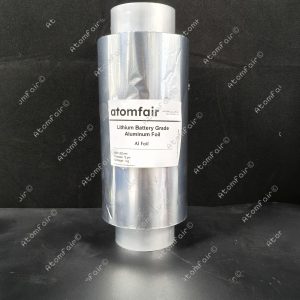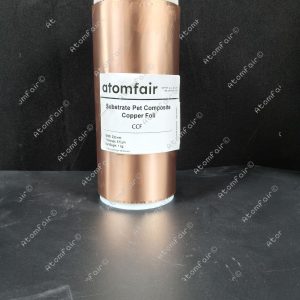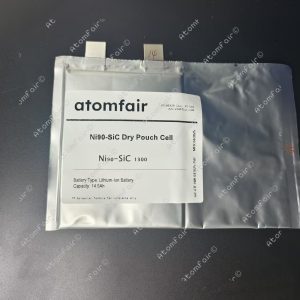Your cart is currently empty!

Atomfair 1,3,2-Dioxathiolane, 4-ethyl-, 2,2-dioxide C4H8O4S
Description 1,3,2-Dioxathiolane, 4-ethyl-, 2,2-dioxide (CAS No. 124535-97-3) is a high-purity sulfone derivative with the molecular formula C4H8O4S . This compound, also known as 4-ethyl-1,3,2-dioxathiolane 2,2-dioxide , is a versatile organosulfur reagent widely utilized in organic synthesis, pharmaceutical research, and material science applications. Its unique cyclic sulfone structure makes it valuable as a building block for sulfonylation reactions, electrolyte additives, or polymer modification. Our product is rigorously tested for purity and stability, ensuring optimal performance in demanding laboratory and industrial processes. Available in various quantities with customizable packaging options to suit your research needs.
Description
Description
1,3,2-Dioxathiolane, 4-ethyl-, 2,2-dioxide (CAS No. 124535-97-3) is a high-purity sulfone derivative with the molecular formula C4H8O4S. This compound, also known as 4-ethyl-1,3,2-dioxathiolane 2,2-dioxide, is a versatile organosulfur reagent widely utilized in organic synthesis, pharmaceutical research, and material science applications. Its unique cyclic sulfone structure makes it valuable as a building block for sulfonylation reactions, electrolyte additives, or polymer modification. Our product is rigorously tested for purity and stability, ensuring optimal performance in demanding laboratory and industrial processes. Available in various quantities with customizable packaging options to suit your research needs.
- CAS No: 124535-97-3
- Molecular Formula: C4H8O4S
- Molecular Weight: 152.17
- Exact Mass: 152.01432991
- Monoisotopic Mass: 152.01432991
- IUPAC Name: 4-ethyl-1,3,2-dioxathiolane 2,2-dioxide
- SMILES: CCC1COS(=O)(=O)O1
- Synonyms: 1,3,2-Dioxathiolane, 4-ethyl-, 2,2-dioxide, 124535-97-3, ethyl ethosulfate, 4-ethyl-1,3,2-dioxathiolane 2,2-dioxide, SCHEMBL416357
Application
This compound serves as a key intermediate in the synthesis of sulfonate esters and other organosulfur derivatives. Researchers employ it in electrolyte formulations for lithium-ion batteries due to its potential as a stabilizing additive. Additionally, it finds use in polymer chemistry as a modifying agent to enhance material properties such as thermal stability or ionic conductivity.
If you are interested or have any questions, please contact us at support@atomfair.com
Related products
-
Atomfair 1 kg/roll Battery Grade Aluminum Foil (200mm W x 12um T) for Battery Electrode Substrate/ Current Collector
$169.95 -
Atomfair 1 kg/roll Battery Grade PET Composite Copper Foil for Battery Anode Substrate/ Current Collector
$529.95 -
Atomfair 14.5 AH Ni90 || SiC Dry Pouch Battery Cell Without Electrolyte Filling
$550.00 -
Atomfair 1AH LCO || Graphite Dry Pouch Cell Lithium Ion Battery
$169.95 -
Atomfair 1AH LMR || Graphite Dry Pouch Cell Lithium Ion Battery
$329.95




